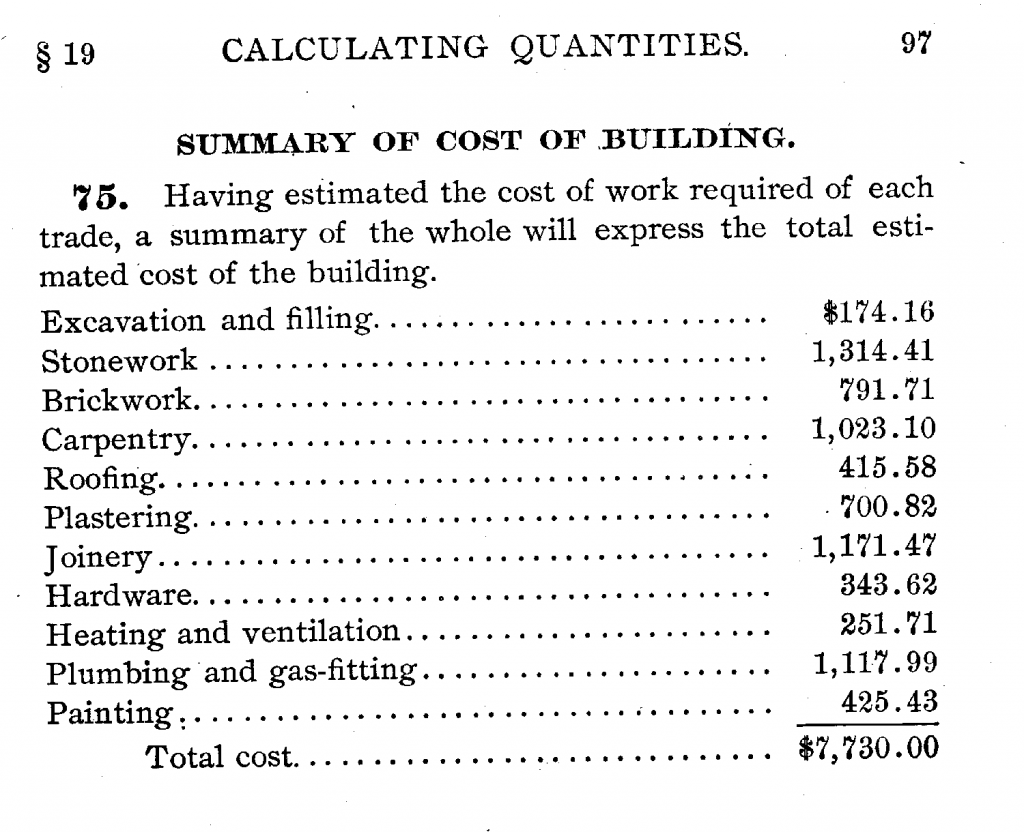Error and omission insurance is commonplace for the design industry; however, not so for general contractors and construction managers’ estimate short-falls. Not infrequently, they are resigned to absorb, or “eat,” change orders. Nothing is more hotly contested than a change order, and many contractors will tell you that despite owners’ perception that they are being hosed, they lose money on change orders. On the other hand, projects or their components may be overestimated as a result of inaccurate estimating practices.
There are many reasons to blame estimate shortfalls beyond garden-variety error and omission oversight:
1. Many shortfalls are not bona-fide shortfalls, but merely the result of artificially low-ball bids designed to land a job. Some contractors might even expect or plan to make up a known shortfall with expected change orders.
2. Over-reliance on cost-guides, such as RS Means. Such guides – admittedly, publish unit costs that are only intended to represent an average, which is then multiplied by factors, such as the cost of labor across different cities. Despite such data being unstable, many contractors utilize cost-guides exclusively for their construction estimates.
Cost guides typically give a broad stroke approach to activities that tend to be diverse. For example, a square foot price to install a gypsum partition is generally based on a straight run, without breaks, recesses, or curves. For these conditions they may simply indicate an additional percentage. Surprisingly, it is commonplace that cost-guides are accepted as rubrics in litigation proceedings. If I were an attorney, I would invoke a Daubert challenge against any such claim. Finally, cost-guides are completely useless for the purposes of valuating custom installations.
3. Many larger firms overemphasize the criteria that their estimators must have engineering degrees. By and large -just like project schedulers, having only an engineering degree in no way trumps proper field experience. Indeed, I believe that estimators lacking field experience are mere theoreticians, and don’t have the requisite experience to critically assess their estimates beyond books. Such a lack of experience contributes to estimating shortfalls. If I had to choose, I’d take the guy who worked the tools, instead of the books. Of course, an estimator with an engineer and field experience would be optimal.
4. Although contractors implement some level of oversight, it is commonplace that such efforts are insufficient. This circumstance may be a factor of the level of resources a contractor is willing to commit. Many contractors merely cut and paste their subcontractor and vendors’ proposals into their estimates without really understanding them. They often do this under the presumption that their subcontractor and vendors’ will own any errors and omissions. Of course, this strategy dissolves if a bid is retracted. For this reason, many contractors and owners require bid bonds. Lack of due-diligence is not uncommon in construction manager as agent – as opposed to construction manager at-risk, contracts.
5. The inability to properly assess risk and assign values to it is a common reason for shortfalls in construction estimates. For large and complex projects, savvy owners retain a risk-assessment (RA) consultant to develop various scenarios according to probability. The limited ability of contractors to conduct scientific RAs is a leading cause of cost overages.
6. Sometimes contract drawings are incomplete. This fact does not escape the notice of a seasoned estimator. If clarification is not forthcoming, the estimator might “pad” his bids to cover for unknowns. Conversely, the proper strategy to accommodate incomplete drawings is to assign a risk factor, or a contingency; however, owners are generally intolerant of accepting anything short of a hard-bid.
7. The inability to properly valuate general conditions, overhead, and soft-costs, is a ubiquitous estimation oversight. In fact, it is commonplace for a contractor to merely mark-up a percentage for such costs, if for no other reason than they haven’t the wherewithal to scientifically calculate them. General conditions, overhead, and soft-costs, have a tendency to multiply on projects with many change orders, and/or delays. It is very difficult to substantiate any cost increases for these line items: owners don’t get it, and perhaps they don’t want to.
8. Custom installations and new building technologies create learning curves for contractors that are difficult to quantify. As stated above, cost-guides offer no viable method of valuation for custom designs. Contractors often find that extra resources are needed, and experience more tear-out and redos than standard works require.
9. Many contractors are under a great deal of pressure from the client to rein in costs, in order to secure a given contract. Some contractors will trim their estimates, profit margins, or suggest value-engineering remedies. However, most will go back to their subcontractors and suppliers and ask for discounts. Subcontractors and suppliers know this game, and invariably pad their bids as a control against it.
10. Long-term projects may be affected by unpredictable price fluctuations in materials, such as copper, steel, and petrol. Owners with stipulated sum contracts are generally indemnified from material escalations, but not so construction management contracts. Many suppliers will guarantee their prices to contractors only for the shortest possible time, after which they are subject to escalations. While many commodities are more volatile than others, some are more static, and an estimator may be able to calculate and assign these costs within his valuations. In general, I find that such foresight is an exception.









